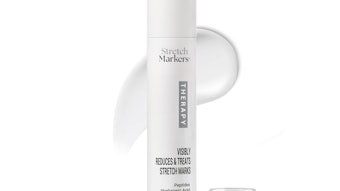Cleaning agents used in hospitals have been found to cause health conditions, such as hand eczema, making it important for skin care professionals to watch for signs of these issues.
The host of chemicals in the cleaning agents used in hospitals and medical facilites may present a health hazard to staff, and potentially patients, a pilot study suggests. Recent studies have shown people who work as cleaners have higher-than-normal rates of asthma, asthma-like symptoms such as wheezing, and skin problems such as hand eczema. Still unclear is which chemicals, and what types of cleaning duties, might be most hazardous.
For the new study, researchers at the Harvard School of Public Health and the University of Massachusetts analyzed cleaning practices at several Massachusetts hospitals. They found the products used for common cleaning tasks were typically complex mixtures of solvents, disinfectants and other chemicals that can irritate the airways and skin.
Among the most common and concerning chemicals were those known as quaternary ammonium compounds, or "quats," Anilo Bello and her colleagues report in the online journal Environmental Health. Quats, the researchers note, are thought to promote airways allergies and asthma.
Many products also contained solvents known as glycol ethers, which can be absorbed through the skin and irritate the eyes and airways, as well as various alcohols, ammonia and compounds called phenols, all of which can have harmful effects on the body. Bello's team notes that workers are at risk not only because of the chemical composition of cleaning products, but also because of the ways in which they are used. Using multiple products in small, poorly ventilated areas, such as bathrooms, presents the greatest risk.
More research is needed to identify the products and work practices that put hospital cleaning staff at most risk, according to Bello's team. This is important not only for them, the researchers note, but for patients as well.
Many of the chemicals from cleaning products need one to two hours to dissipate from the air. And certain chemicals used to clean surfaces are slowly released into the air afterward. "This," the researchers write, "creates potential for exposure of other occupants in the building, hours after the cleaning activities are performed."
SOURCE: Environmental Health, online March 26, 2009.
Reuters Health, April 2, 2009










